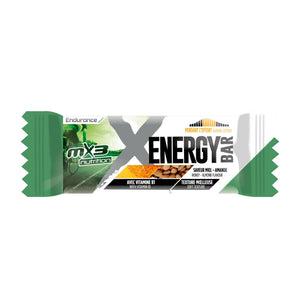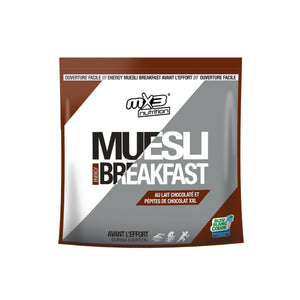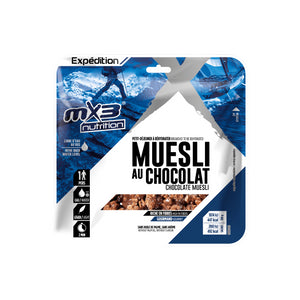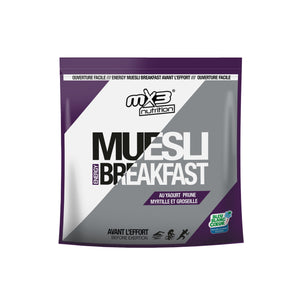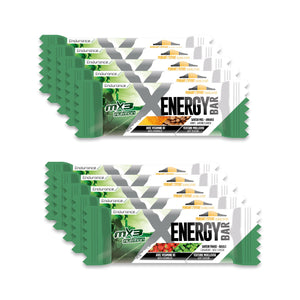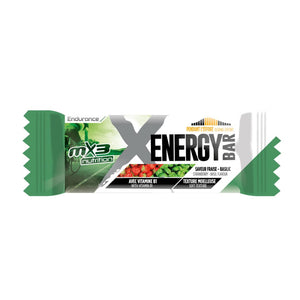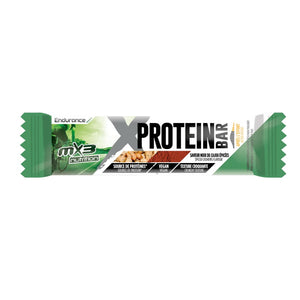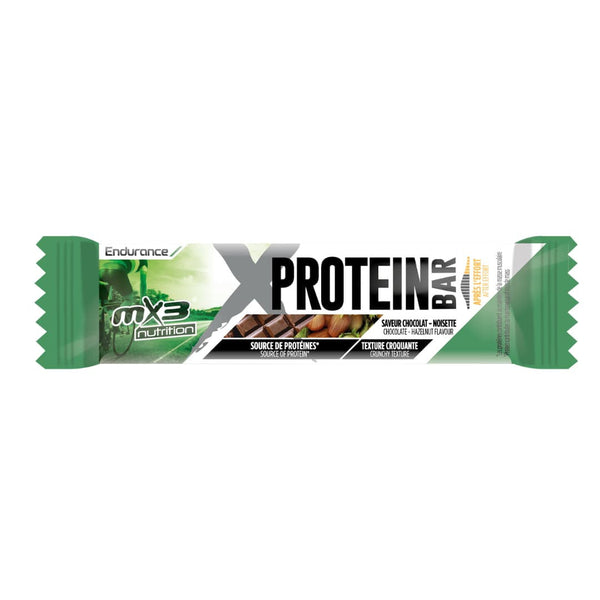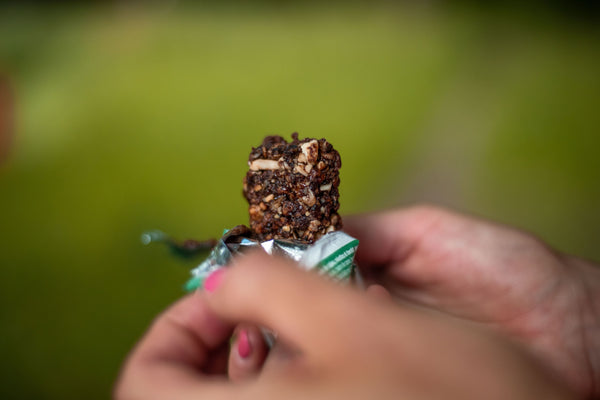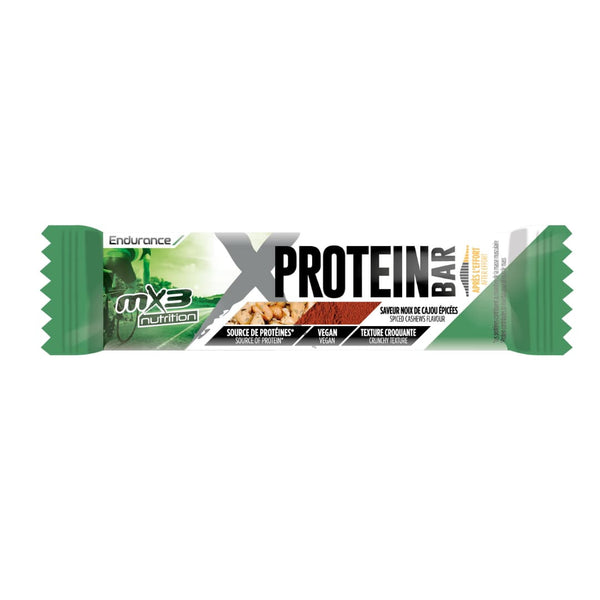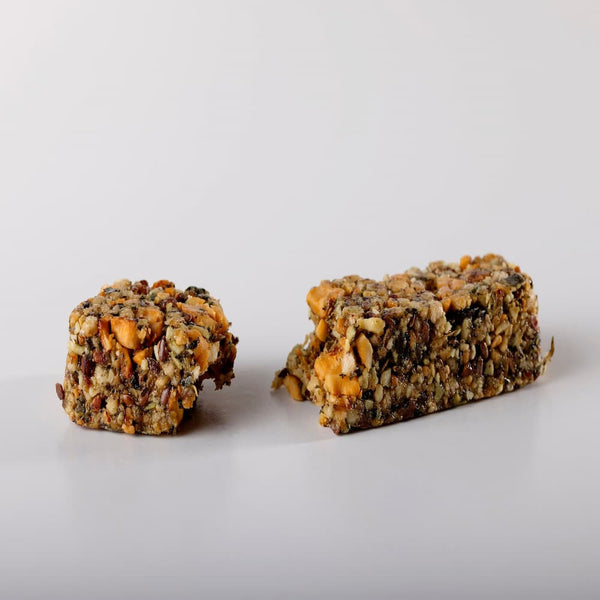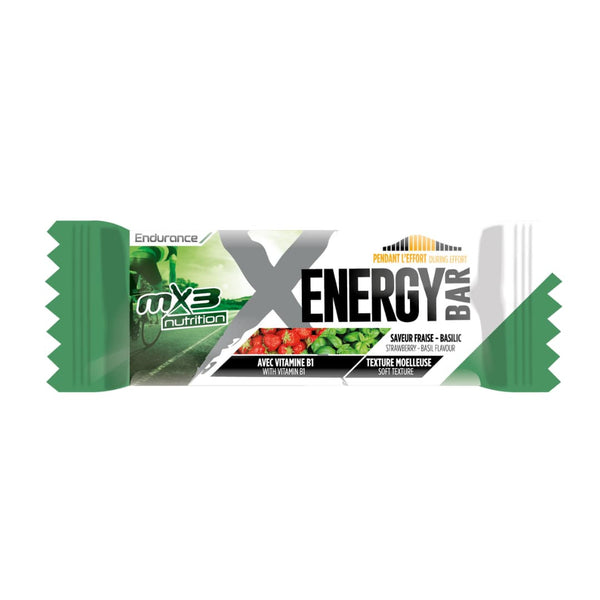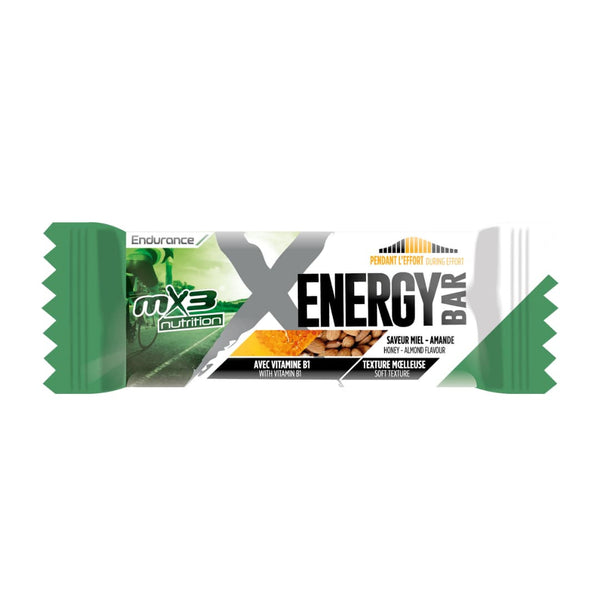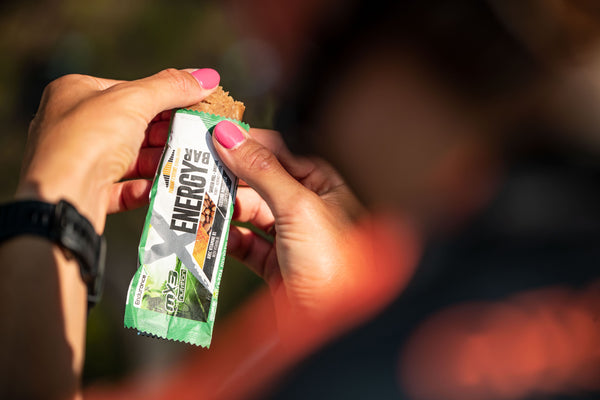Freeze-dried food: an essential revolution!
Freeze-dried food , often called freeze-dried food, is a breakthrough innovation in food preservation. This method of preservation, which involves freezing food and removing its water content through vacuum sublimation, has revolutionized the way food is stored, transported, and consumed in a variety of settings.
Origin of freeze-dried food
The history of freeze-drying goes back centuries. The Incas were already using a similar technique to preserve their food in the cold heights of the Andes. However, freeze-drying as we know it today was developed and perfected during World War II, initially to preserve blood plasma and antibiotics for Allied troops. With the advent of the Space Age, NASA adopted this technology to provide astronauts with lightweight, nutritious and easily transportable food.
Different formats of freeze-dried food
Freeze-dried food comes in several formats, suitable for various needs and preferences:
Types of use
The uses for freeze-dried food are varied and extend far beyond space travel…
Benefits
Disadvantages
Integrating Freeze-Dried Food into a Healthy Diet
Incorporating freeze-dried food into a healthy diet may seem contradictory at first, given the sometimes mixed reputation of processed foods. However, thanks to its unique characteristics and the diversity of options available, freeze-dried food can play a beneficial role in a balanced diet, provided it is used judiciously.
Nutritional benefits
Freeze-drying preserves a large portion of the nutrients present in fresh foods. Vitamins, minerals and antioxidants are largely retained, unlike other preservation methods that can result in significant losses. Thus, freeze-dried fruits and vegetables remain a rich source of essential nutrients.
Ease and practicality
In a world where time is often limited, freeze-dried food offers a convenient solution for incorporating healthy foods into your diet. The speed of preparation allows you to eat balanced meals without spending long hours in the kitchen, a significant advantage for those who lead an active lifestyle.
Strategies for integrating into a healthy diet
Diversification
Including a variety of freeze-dried foods , such as fruits, vegetables, lean proteins, and legumes, provides a range of nutrients. Varying your food sources is key to a balanced diet.
Complementation
Using freeze-dried foods in addition to fresh foods can be a great way to boost the nutritional value of meals. For example, adding freeze-dried fruit to plain yogurt or freeze-dried vegetables to homemade soup can boost these dishes with vitamins and fiber.
Reading labels
Choosing freeze-dried products without unnecessary added sugar, salt or preservatives is essential. Carefully reading labels allows you to select options that are as close as possible to their natural state.
Limitations and precautions
While freeze-dried food can be a healthy addition to the diet, it is important to remember that it should not be a complete replacement for fresh foods. Consuming foods in their most natural form remains a central recommendation for a balanced diet. Additionally, while the freeze-drying process preserves nutrients, the texture and taste may differ from fresh foods, which may impact the eating experience for some people.
Briefly about freeze-dried food and nutrition
Freeze-dried foods , when chosen and used thoughtfully, can be a valuable addition to a healthy diet. They offer a convenient way to include fruits, vegetables, and other nutritious foods in our diets, especially when cooking time or access to fresh foods is limited. As with all aspects of nutrition, the key is balance and moderation, with a focus on quality and diversity of nutritional sources. Freeze-dried foods also represent a remarkable advancement in the field of food preservation, from wilderness trips to emergency preparedness. While the benefits in terms of shelf life, lightness, and ease of preparation are undeniable, cost and preference must be considered.

